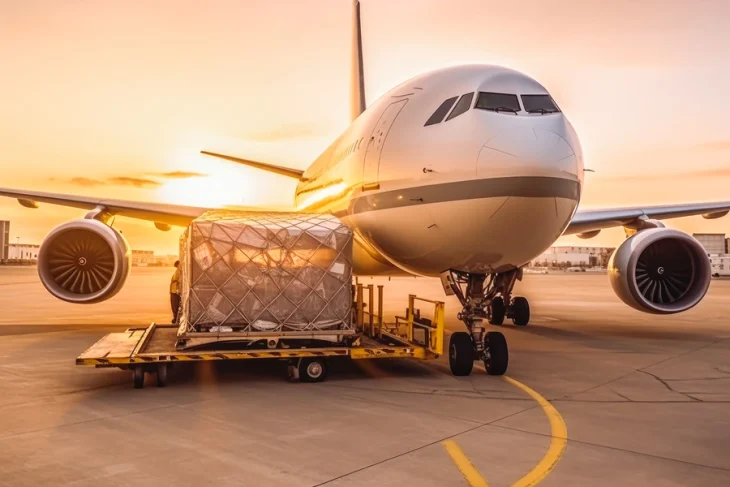
Whether you’re shipping freshly baked goods, high-end gadgets, or fragile antiques, sending time-sensitive items abroad requires more care than simply posting a standard parcel. While most international couriers handle everyday items well, anything that’s perishable, valuable, or easily damaged requires proper planning to ensure it arrives safe and sound.
The first step is understanding why certain items require extra attention. Perishables, such as food and flowers, are time-sensitive and often affected by temperature fluctuations. Electronics are valuable and can be vulnerable to jolts or moisture. Fragile items, such as ceramics or glass, can easily break if not properly protected.
Each of these categories needs a different approach when it comes to packaging, labelling and selecting a courier.
For perishables, insulation is key. Think polystyrene containers, thermal bubble wrap and cool packs. You might also need vacuum sealing to keep the contents fresh. The aim is to maintain a steady temperature during transit and prevent leaks from occurring.
When sending electronics, anti-static bags are a must. These protect delicate circuits from static electricity, which can cause unseen damage. Wrap items in soft padding and place them in sturdy boxes. Cushioning, such as foam inserts or crumpled paper, will help absorb any shocks.
Delicate items, such as glassware, should be wrapped individually in bubble wrap or soft cloth. Use dividers to keep multiple items from knocking into each other. Double boxing is a good idea — that’s when you put the well-padded item into one box, then place that box into a larger one with additional padding.
Don’t underestimate the importance of sealing everything securely. Strong packaging tape, not regular cellophane, will ensure your box stays closed. Reinforce all seams and corners.
Clear labelling also helps. Add “Fragile” or “Perishable” stickers, even if the courier doesn’t ask for them. If your item must stay upright, include arrows to show this. Customs officers and handling teams are more likely to treat your parcel properly if they understand what’s inside.
Before sending anything overseas, check the destination country’s import regulations. Some places won’t allow perishable food, plants or even certain electronics. If you’re unsure, please speak with your courier or check government websites for more information. Failing to comply with local regulations can lead to delays or even confiscation.
Also, ensure that you include all necessary customs forms. Be honest and accurate about the contents and value — this avoids delays and helps with insurance if there’s a problem.
Try to send parcels early in the week so they’re not sitting in a warehouse over the weekend. Choose tracked services with signed delivery wherever possible. And if you’re sending something particularly rare or costly, it may be worth consulting a specialist courier service for tailored advice.
Sending perishables, tech, or fragile goods overseas doesn’t have to be stressful as long as you plan ahead and use the right materials. A little extra effort at the start can save a lot of hassle later on.